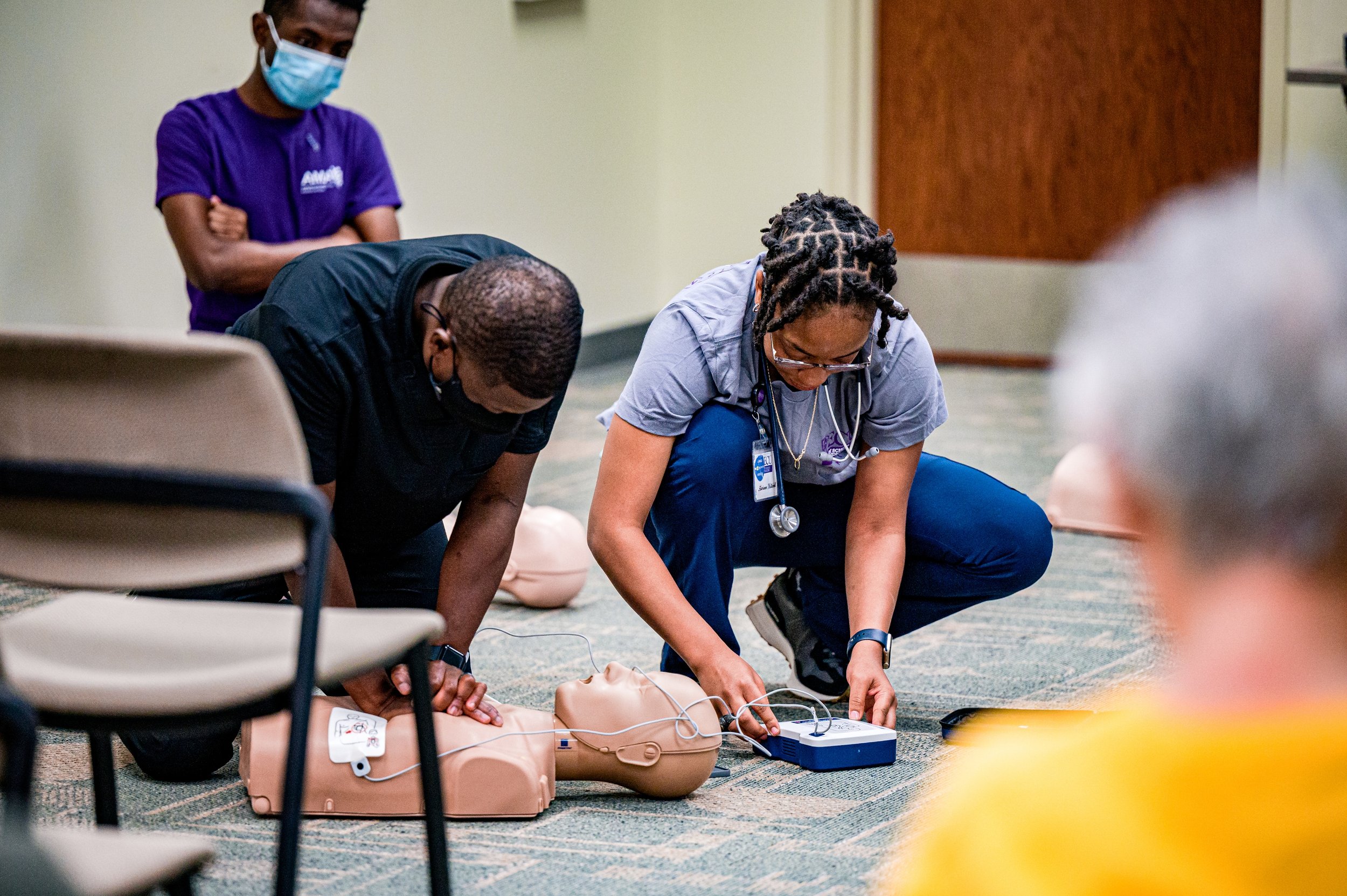Urgent care facilities have become a reliable option for individuals and families seeking immediate medical attention for non-life-threatening concerns. They bridge the gap between primary care providers and emergency rooms, offering accessible healthcare when appointments cannot wait and emergencies are not present. Here is more information on the purpose of urgent medical care, the types of conditions it treats, and how it fits into the broader healthcare system:
What is Urgent Care
Urgent care centers are designed to address medical concerns that require timely attention but do not qualify as emergencies. These clinics operate as convenient alternatives to traditional doctors’ offices, which may have longer wait times for appointments. They are also better for certain conditions than emergency rooms, which prioritize life-threatening conditions. Most urgent facilities operate on a walk-in basis, eliminating the need for scheduling in advance.
Staff at these locations often include board-certified physicians, nurse practitioners, and physician assistants who provide quality care. Services range from diagnostic tests to treatments for minor injuries and illnesses. Urgent centers often offer extended hours, including evenings and weekends, catering to those who need care outside standard office hours. They are helpful when primary care providers are unavailable, and immediate attention is required.
Which Conditions Do They Treat
Urgent facilities specialize in handling a wide range of non-emergency medical issues. These include, but are not limited to, the following categories:
- Minor Injuries: Health conditions such as sprains, minor fractures, cuts requiring stitches, and burns can often be treated at urgent centers. Patients experiencing these issues are likely to receive prompt evaluation and care that would otherwise take hours in an emergency room.
- Illnesses and Common Medical Concerns: Many people visit urgent centers to address ailments such as flu, colds, sore throats, fevers, ear infections, and urinary tract infections. These facilities also handle gastrointestinal issues like food poisoning or mild dehydration.
- Diagnostic and Preventative Services: Some urgent centers offer services like X-rays, lab work, and vaccinations. These services are particularly beneficial when an immediate test or preventive measure is needed to avoid worsening conditions, missed work, or school.
While these centers offer efficient care for various non-life-threatening issues, they are not equipped to handle severe emergencies. This includes issues such as chest pain, stroke, or significant trauma. For these, individuals must visit an emergency room immediately.
How They Improve Healthcare
Urgent care centers play a pivotal role in improving the accessibility and efficiency of healthcare systems. They reduce the stress and strain on emergency rooms by diverting non-emergency cases to a more appropriate setting. This allows emergency rooms to focus resources on life-threatening cases.
For families, urgent centers provide a practical option for quick and reliable medical attention. Many centers now accept various forms of insurance, and some even publish transparent pricing for uninsured patients, making financial decisions easier. Urgent medical care bridges the gap between routine health maintenance and emergency care. Their presence in communities makes sure individuals have access to care when their primary provider is unavailable.
Find Urgent Care
Urgent centers have become indispensable for addressing immediate, non-emergency medical needs. They provide convenient access to skilled medical professionals, offer treatment for an array of minor conditions, and support overall healthcare system efficiency. Understanding the role of urgent care empowers individuals and families to make informed decisions about their medical needs. By choosing the right facility for the right situation, time, resources, and health outcomes are optimized for everyone involved.





Leave a Reply